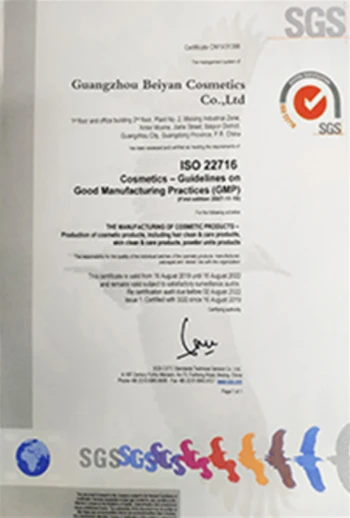



Chemical Treatment of Wastewater - Effective Solutions for Clean Water
Chemical Treatment of Waste Water An Essential Process for Sustainability
The treatment of wastewater is a critical component of modern environmental management. With increasing population and industrial activities, the volume of wastewater generated has surged, necessitating effective treatment methods to ensure safe disposal or reuse. Among these methods, chemical treatment plays a vital role in enhancing water quality and protecting environmental and public health.
Chemical treatment of wastewater involves the addition of chemicals to the water to remove contaminants and improve its quality. This process can address various pollutants, including heavy metals, organic compounds, and pathogens. Common chemical treatment techniques include coagulation, flocculation, chlorination, and neutralization.
Coagulation and flocculation are often the first steps in chemical treatment. In coagulation, chemicals called coagulants, such as aluminum sulfate or iron salts, are added to the wastewater to destabilize colloidal particles, allowing them to clump together. Once these particles aggregate into larger flocs, they can be more easily removed through sedimentation or filtration. This process significantly reduces turbidity and helps eliminate suspended solids from the water.
Chlorination is another crucial chemical treatment method, primarily used for disinfection. Chlorine or chlorine compounds are introduced to the treated water to kill bacteria and other pathogens, making the water safer for discharge or reuse. While effective, chlorination needs to be carefully monitored, as it can produce harmful byproducts like trihalomethanes, which may pose health risks. Consequently, alternative disinfection methods, such as ultraviolet (UV) irradiation and ozonation, are increasingly being explored.
chemical treatment of waste water

Neutralization is employed to balance the pH levels of wastewater, particularly for industrial discharges that may be acidic or alkaline. By adding acids or bases, facilities can adjust the pH to a neutral level, ensuring that the water is less corrosive and more manageable for downstream treatment processes.
Chemical treatment not only facilitates compliance with environmental regulations but also supports the recovery of valuable resources. For instance, the precipitation of heavy metals allows for their recovery and recycling, contributing to the circular economy. Furthermore, treated wastewater can be repurposed for agricultural irrigation or industrial processes, reducing the demand on freshwater sources.
Despite its advantages, chemical treatment must be carefully managed to minimize environmental impacts. The chemicals used can introduce new pollutants or create secondary waste, necessitating thorough monitoring and assessment. Therefore, integrating chemical treatment with other methods, such as biological processes or advanced filtration, can enhance effectiveness and sustainability.
In conclusion, chemical treatment of wastewater is an essential process that contributes to environmental protection and resource conservation. As the challenges of water scarcity and pollution intensify, embracing innovative and sustainable chemical treatment practices will be crucial for safeguarding our water resources for future generations.
-
Sodium Chlorite Hot UsesNewsJul.01,2025
-
Sodium Chlorate ApplicationsNewsJul.01,2025
-
Smart Use Of Sodium ChloriteNewsJul.01,2025
-
Power Of Sodium BisulfateNewsJul.01,2025
-
Potassium Monopersulphate & Sodium Chlorite: Key to Effective Cleaning SolutionsNewsJul.01,2025
-
Pool Water Treatment GuideNewsJul.01,2025
-
Why Strontium Carbonate Still MattersNewsJun.06,2025










